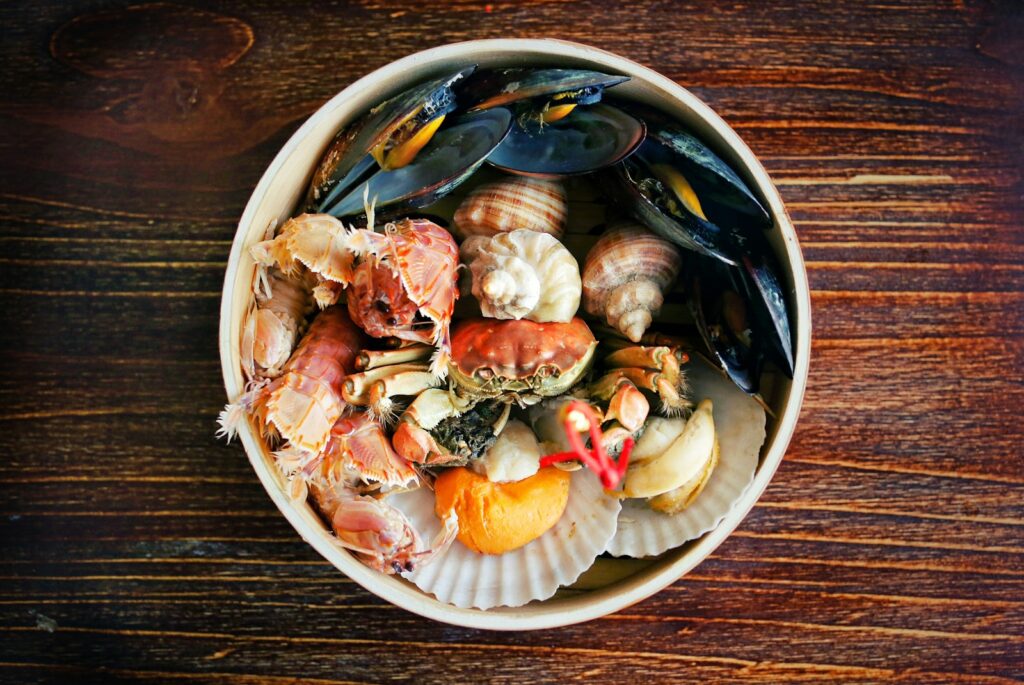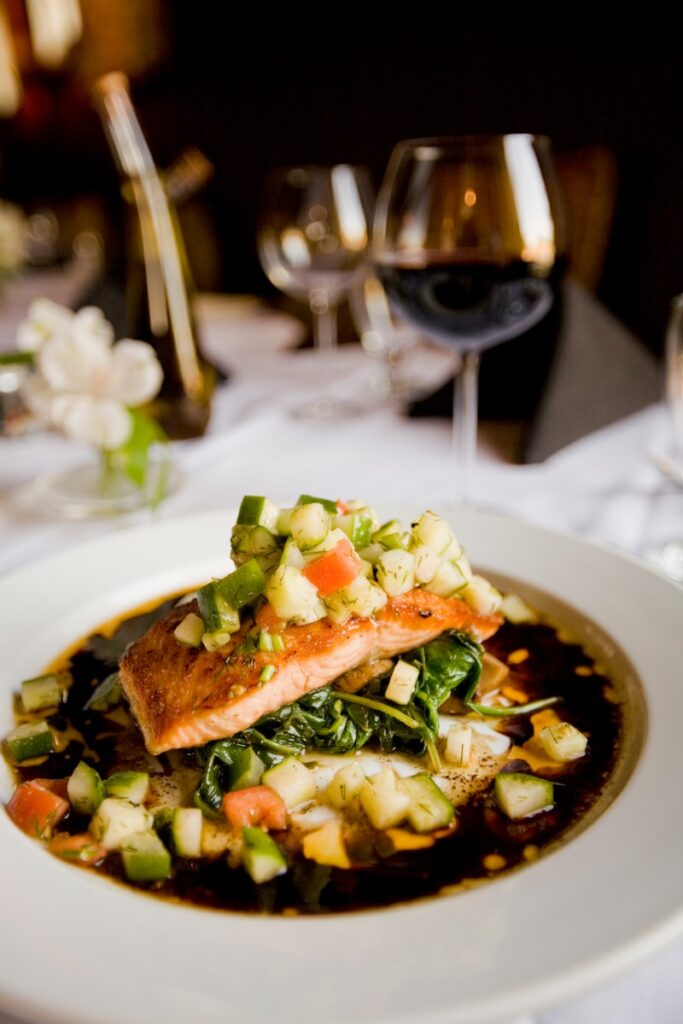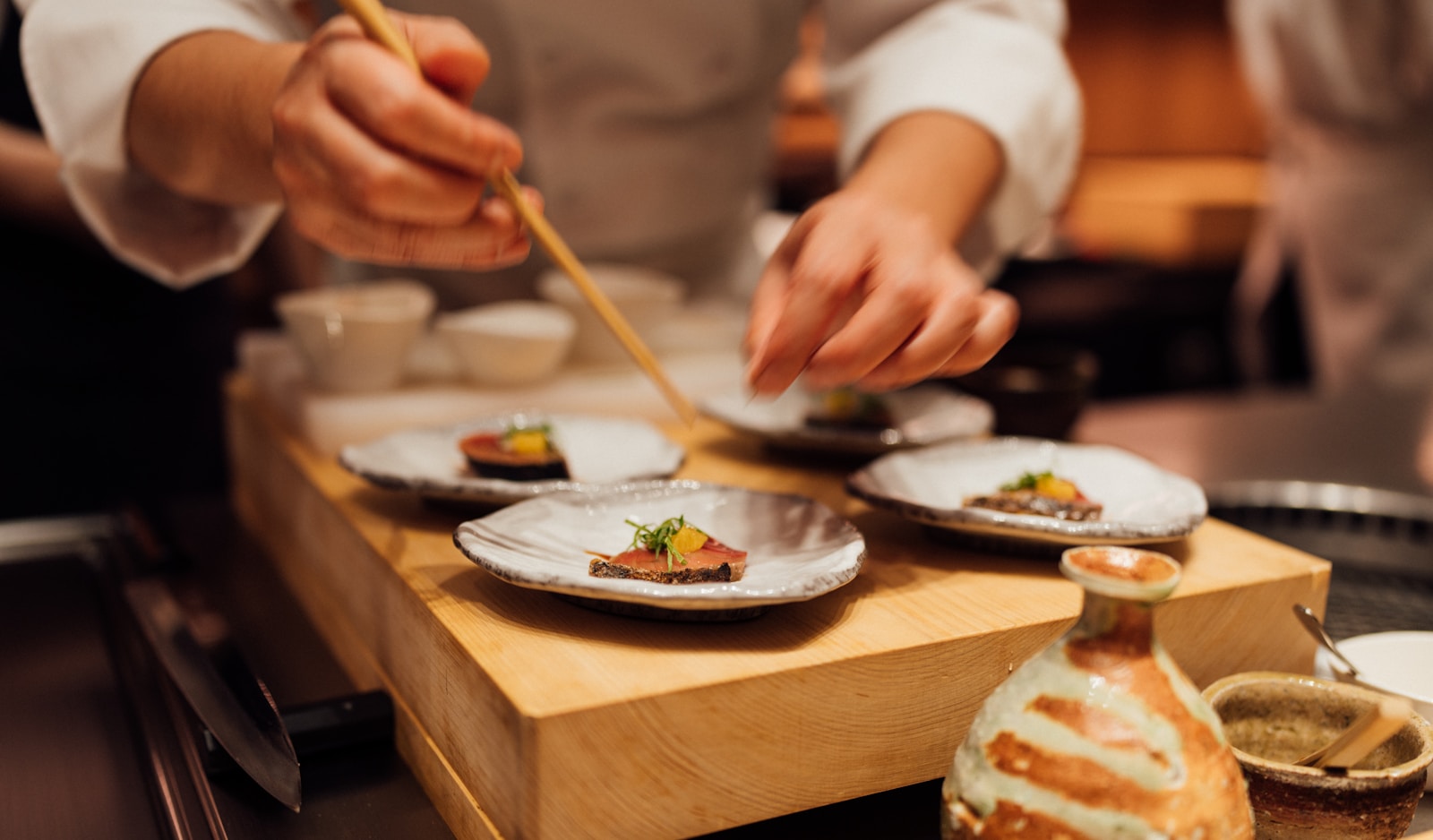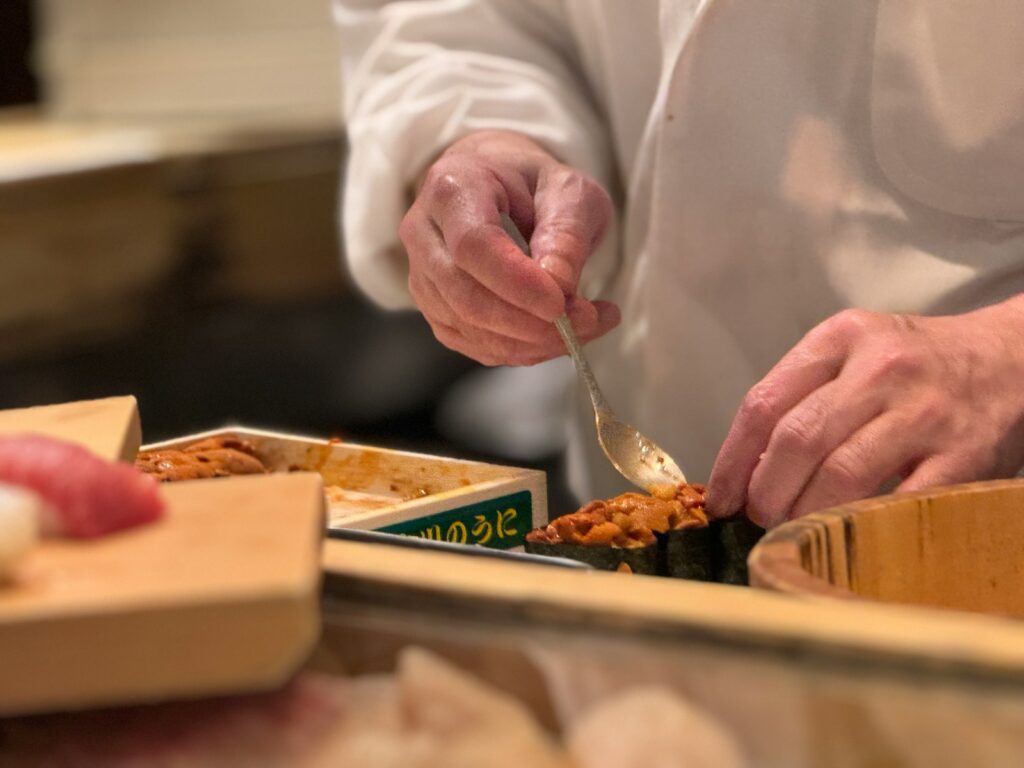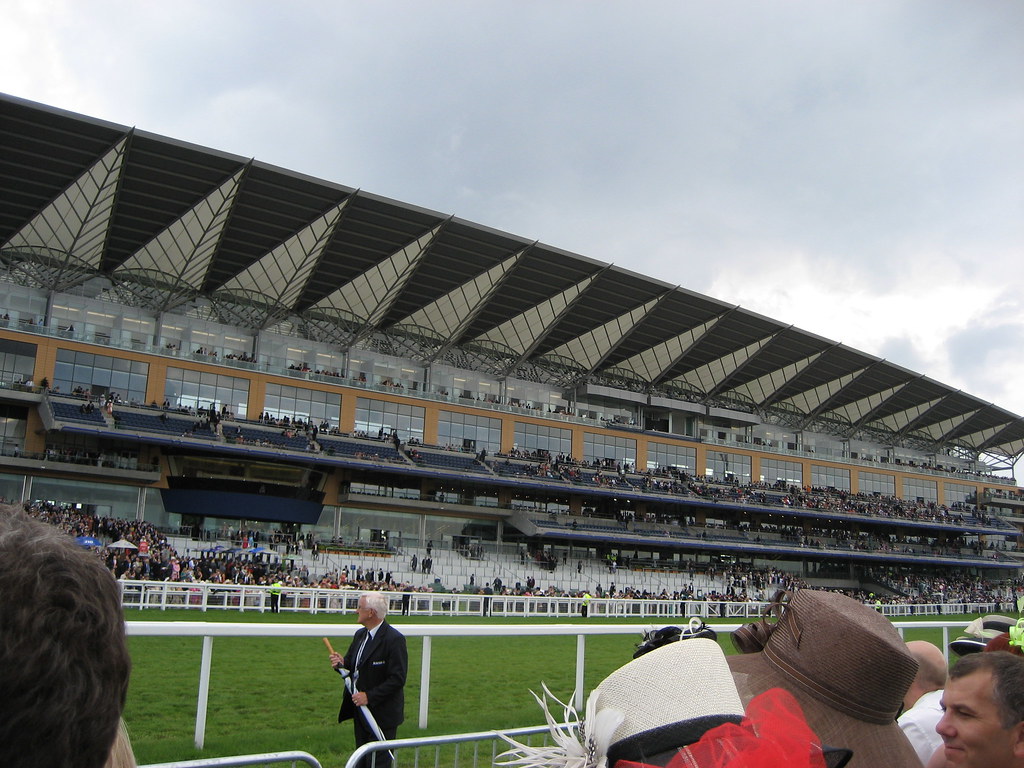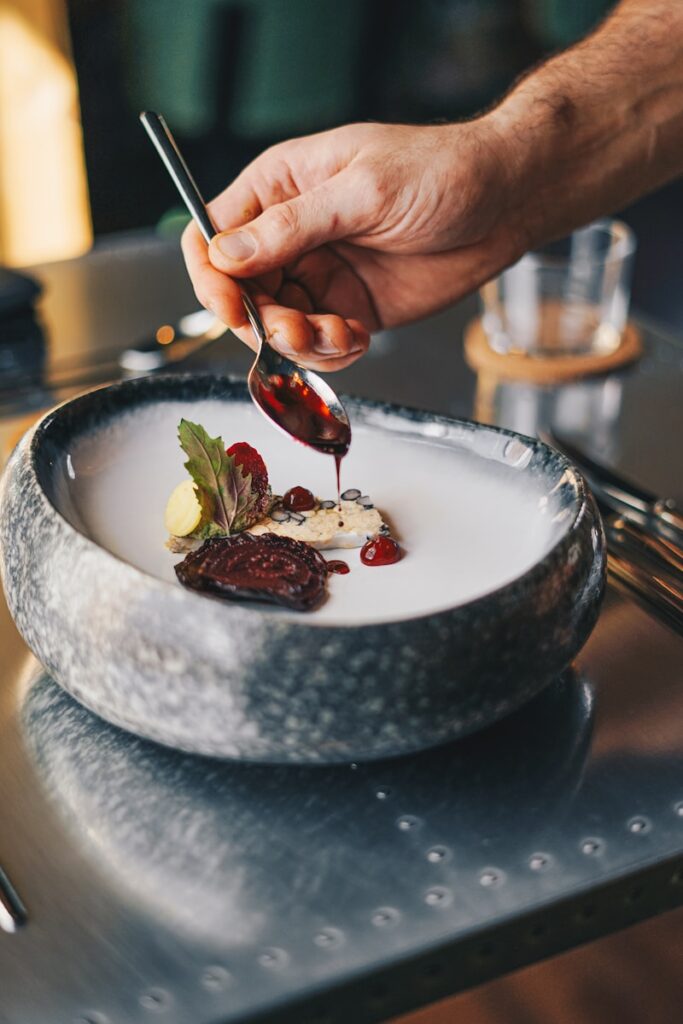
Have you ever considered how the prestige of Michelin stars intersects with the dynamic and often unpredictable world of street food? This question continues to intrigue culinary enthusiasts across the globe. The term “Michelin” typically evokes images of immaculate white tablecloths, quiet dining rooms, and meticulously crafted multi-course tasting menus. In contrast, the notion of “Michelin-starred street food” suggests an entirely different vision—perhaps a sizzling hawker stall in Singapore or a lively market vendor in Bangkok.
Los Angeles, a city renowned for its vast network of freeways and exceptional culinary diversity—from unassuming taco trucks to sophisticated fine dining venues—provides an insightful case study for this juxtaposition. Can the most prestigious form of culinary recognition genuinely encompass the speed, affordability, and open-air charm that defines street food? Or is the Michelin Guide intrinsically aligned with the world of haute cuisine?
The most recent Michelin Guide for Los Angeles offers a complex perspective. The city currently features 24 Michelin-starred restaurants, with 19 establishments holding one star and five earning the esteemed two-star rating. The prevailing trend clearly favors refined, often elaborate dining experiences. The idea of discovering a Michelin-starred hot dog stand, however captivating it may seem, remains largely aspirational in Los Angeles at this stage.
However, characterizing the entire Michelin list as strictly fine dining would overlook a number of compelling narratives and subtle evolutions in how excellence is recognized. The guide has gradually begun to acknowledge restaurants that, while polished in execution, retain a sense of accessibility or remain rooted in authentic culinary traditions. These nuances offer a more comprehensive understanding of what defines a Michelin-worthy experience in Los Angeles today.
Redefining Fine Dining: How Holbox and Camphor Reflect LA’s Expanding Michelin Landscape
Consider Holbox, a compelling example of how boundaries between street food and fine dining continue to evolve. Located within the energetic Mercado La Paloma food hall, Gilberto Cetina Jr.’s Yucatecan-style mariscos counter presents a vivid culinary experience marked by spice, citrus, and smoke. Far from the conventional Michelin-starred environment, Holbox exemplifies a harmonious blend of accessibility and refinement.
Awarded a Michelin star in 2024, Holbox embodies a rare duality. During the day, it draws crowds with approachable dishes rooted in street food tradition, such as deep-fried fish tacos and coctel mixto. These offerings capture the vibrant essence of casual, communal dining. Yet beyond these staples lies a more refined side, expressed through sophisticated items like smoked kanpachi tostadas and freshly shucked oysters—dishes that confidently rival those of established seafood institutions.
What distinguishes Holbox within the Michelin landscape is its capacity to deliver both informality and excellence. Whether marking a special occasion or choosing to indulge on an ordinary weekday, guests can experience the restaurant’s eight-course tasting menu at $130. This presentation is widely regarded as one of the most flavorful and cost-effective explorations of Pacific seafood available. It demonstrates how authenticity and technical precision can elevate humble culinary roots, even within the vibrant, unconventional setting of a food hall. Holbox offers more than a meal; it tells a story of cultural depth and creative expression.
While Holbox most directly answers the question of Michelin recognition for street food-inspired cuisine in Los Angeles, other entries in the guide offer similarly meaningful connections to tradition. Camphor, a French-inspired bistro located in the Arts District and awarded a star in 2022, offers a refined dining experience in an airy white and blue interior. Its foundation is unmistakably French, but subtle gestures to Asian culinary heritage lend the restaurant an additional layer of complexity. An amuse-bouche referencing the South Asian street snack pani puri, and a dish of gunpowder anchovies evoking flavors found in the Philippines and South Korea, speak to a deliberate reimagining of street food elements within a fine dining context. While not street food in themselves, these sophisticated interpretations pay tribute to the vibrancy and depth of global culinary traditions.
From Pop-Ups to Precision: The Diverse Paths to Michelin Recognition in Los Angeles
Kali, formerly known as the pop-up supper club Kali Dining, exemplifies a nontraditional ascent to Michelin acclaim. Transitioning from a transient culinary project to a permanent location in Larchmont Village, it now presents a refined, locally sourced Californian tasting menu priced at $250. Its roots as a temporary dining concept speak to the adaptability and creative drive of chefs Kevin Meehan and Drew Langley. Their ability to transform a fleeting idea into a highly regarded, established restaurant reflects how Michelin-level excellence can emerge from innovative formats outside conventional norms.
While such narratives highlight the evolving nature of Michelin recognition, much of Los Angeles’ current Michelin landscape remains firmly anchored in precision, tradition, and significant investment—particularly within the realm of Japanese cuisine. Among the city’s starred establishments, Edomae-style sushi and intricate kaiseki stand out as pillars of craftsmanship, artistry, and cultural reverence. This dominance reflects not only culinary excellence but a deep respect for the heritage and discipline embedded within these traditions.
715 Sushi, awarded a Michelin star in 2022, illustrates this dedication with clarity. Chef Seigo Tamura, hailing from a lineage of sushi masters in Osaka, curates a rotating 20-course omakase that merges Edomae-style nigiri with classical kaiseki techniques. The commitment to authenticity is evident in details such as sourcing all seafood directly from Japan and in-house dry-aging of select fish. At $350 before tax and gratuity, the experience is intentionally premium, yet thoughtful elements—such as a custom rice blend of Hitomebore and Koshihikari, combined with a relaxed ambiance—distinguish it as one of the city’s most exceptional high-end sushi offerings. This is not street food, but rather a carefully composed exploration of tradition and precision.
Sushi Kaneyoshi, also recognized in 2022, reinforces this narrative of luxurious refinement. Tucked within the basement of an office building in Little Tokyo, the restaurant offers an approximately 20-course tasting menu under the direction of Chef Yoshiyuki Inoue. Guests are guided through an array of sophisticated preparations, including Hokkaido crab chawanmushi, ankimo (monkfish liver), and nodoguro (blackthroat sea perch). Priced at $300 per person, the experience balances exclusivity with culinary mastery. The limited availability of reservations through the Tock platform only heightens its allure, underscoring the high demand for meticulously executed Japanese cuisine within Los Angeles’ fine dining scene.
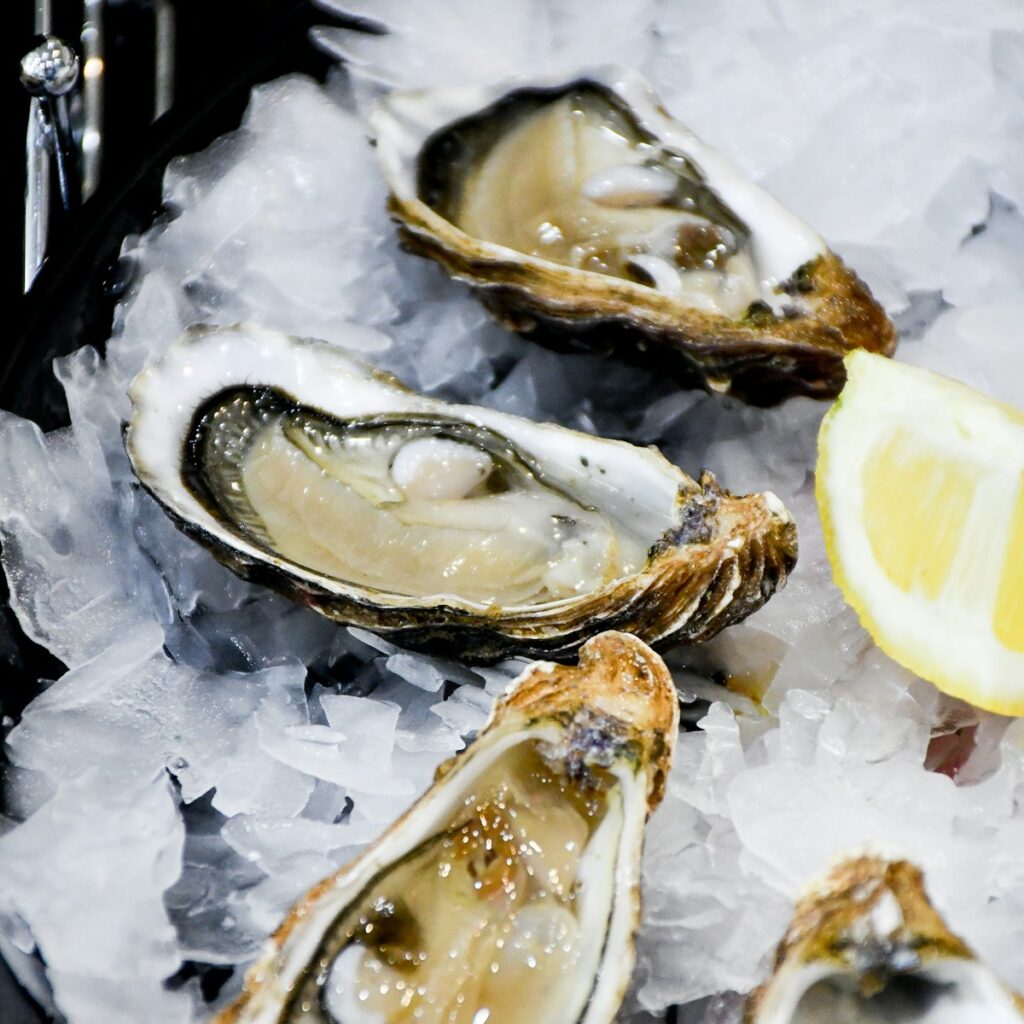
Precision and Intimacy: Inside Los Angeles’ Most Exclusive Michelin-Starred Sushi Counters
Morihiro, which received its Michelin star in 2021, brings the legendary craftsmanship of Chef Morihiro Onodera to Atwater Village. With nearly four decades of experience and complete control over every element of the sushi-making process, Onodera delivers an extraordinary omakase in an intimate space that accommodates only six counter seats and a few tables. Priced at $400 per person, this is not a casual meal, but rather a serene and immersive experience defined by technical precision and a remarkable variety of fish. It serves as a masterclass in the direct connection between chef and guest, underscored by a quiet elegance and exceptional artistry.
Sushi I-NABA, also awarded in 2021 and operating from its sister location in Torrance, presents an ultra-premium omakase that emphasizes aged seafood and rare ingredients such as mantis shrimp and Japanese oysters. Guests are offered a deep and structured introduction to sushi craftsmanship, guided personally by the chef. At $280 per person, the pricing reflects not only the quality of the ingredients but also the instructional depth and immersive nature of the dining experience.
Shin Sushi, recognized in 2019, stands out in contrast to its modest strip mall setting in Encino. Here, Chef Taketoshi Azumi offers an 18-course omakase featuring delicately aged and seasoned fish. The environment, while casual, remains focused and intimate, with only eight counter seats available. Diners are welcome to extend their meal at the chef’s discretion, creating a flexible and personalized experience. Reservations are essential, further reinforcing the exclusivity and dedication that define these high-level sushi venues.
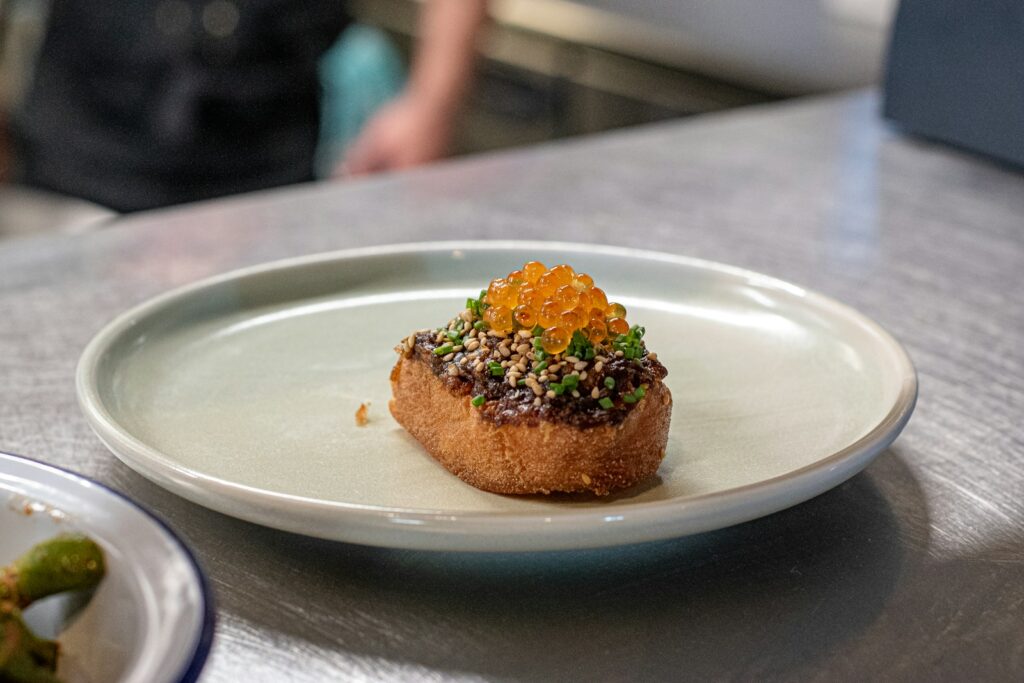
Precision and Ceremony: The Refined Art of Omakase in Los Angeles
Nozawa Bar, often regarded as the crown jewel of Jerry Greenberg’s Sugarfish group, has held its Michelin star since 2019. Revived by Chef Kazunori Nozawa in Beverly Hills, it adheres strictly to the fundamental principles of sushi: impeccably fresh fish served over warm, loosely packed rice. Notably, its $225 omakase is considered remarkably well-priced by high-end standards, particularly given the generous cuts of fish and the abundant use of premium ingredients such as salmon roe and uni. The indulgence continues with substantial servings of tamago and richly flavored monkfish liver enhanced by miso. The venue enforces a firm punctuality policy, which, coupled with its 10-seat, 20-plus-course format, enhances its sense of exclusivity and reverence.
Mori Nozomi, a new entrant in 2025, brings refined restraint and cultural depth to the former Mori Sushi location. Led by Nozomi Mori, a protégé of Ginza Onodera, this $250 omakase experience integrates Osaka-style aesthetics and subtle elements from the traditional Japanese tea ceremony. Distinctively, it is helmed by an all-female team, a rarity in the male-dominated world of high-end sushi. The experience culminates with a delicate, bespoke wagashi crafted by Mori herself, served alongside ceremonial matcha, transforming the meal into a seamless blend of gastronomy, craftsmanship, and cultural ritual.
Together, these establishments exemplify the ethos of omakase dining in Los Angeles: a disciplined, intimate encounter where the chef’s mastery and the integrity of ingredients are central. Far removed from the spontaneity of street food, this is a different form of culinary accessibility—one that invites diners into the highest echelons of precision and tradition, albeit through a meticulously curated and premium lens.
Elevating Kaiseki and Omakase: The Japanese Culinary Mastery Defining Michelin LA
Niki Nakayama’s n/naka, a two-star Michelin destination since 2019, immerses diners in the refined discipline of kaiseki. Trained under the legendary Morihiro Onodera, Nakayama charts her own course with a classical Japanese culinary philosophy that orchestrates a thoughtful progression of tastes, textures, and temperatures while celebrating seasonal ingredients. Her 13-course modern kaiseki and vegetarian tasting menus are in constant evolution, offering moments of surprise and delight—perhaps sea urchin and lobster suspended in chilled dashi, or a seared diver-harvested scallop placed beside a warm okra pod. Each dish reflects a culinary narrative rooted in harmony and seasonal expression elevated to its highest form.
Hayato, also awarded two stars, presents an intimate omakase experience at a seven-seat counter, executed by Chef Brandon Hayato Go. Crafted “with heart and soul” and defined by unwavering attention to detail, the omakase menu stands alone as the singular dining option and consistently impresses. Each course is a distinct revelation, emphasizing singularity of purpose and precision in execution.
These restaurants embody the defining elements of Los Angeles’ Michelin identity: artistic precision, cultural reverence, and deeply personal chef-led experiences. While the dream of a Michelin-starred street vendor remains largely unfulfilled, establishments such as Holbox suggest that the guide is gradually broadening its appreciation for accessible formats that honor tradition through creative reinterpretation. For the most part, the stars in LA invite diners into immersive culinary journeys where quiet luxury, precision craftsmanship, and an appreciation of time elevate the meal into art.
Beyond the dominance of Japanese omakase and kaiseki, Los Angeles showcases a dazzling spectrum of global flavors, each rendered through a distinctly Californian lens. The city’s chefs harmonize international techniques with the richness of local produce, resulting in a culinary tapestry where tradition and innovation converge to define LA as a true global gastronomic capital.
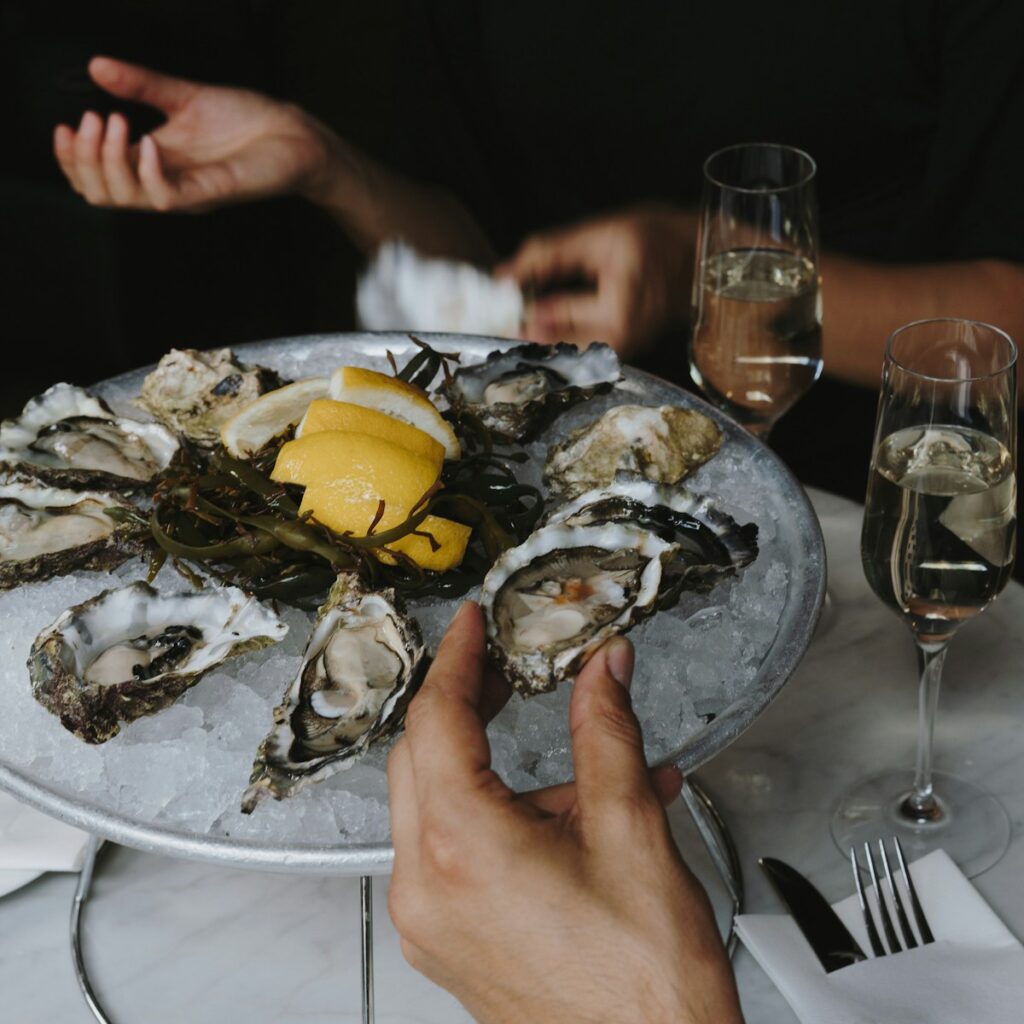
Culinary Fusion and Regional Excellence: LA’s French, Italian, and New American Mastery
Camphor exemplifies the sophisticated interplay between French culinary precision and subtle Asian influences. Chefs Max Boonthanakit and Lijo George present “light-as-a-cloud French cuisine” enriched by delicate Asian nuances, including an amuse bouche inspired by the South Asian street snack pani puri. This harmonious fusion reflects Los Angeles’ distinctive talent for blending diverse culinary traditions into refined and innovative expressions.
Italian cuisine achieves opulence at Gucci Osteria, where head chef Mattia Agazzi offers a modern Italian menu described as both “whimsical and grounded,” incorporating regional Californian ingredients such as Santa Barbara uni and Monterey seaweed. Osteria Mozza, led by Nancy Silverton, further cements the city’s Italian culinary stature with its emphasis on “fresh handmade pasta” and a dedicated mozzarella bar. These establishments illustrate how international haute cuisine embraces and elevates local terroir.
At Citrin, Josiah Citrin reinvents classic American dishes with a gourmet touch, exemplified by “pitch-perfect roast chicken” and “refreshing oysters under sorrel and cucumber.” Heritage embraces the bounty of California through a “classically Californian tasting menu” that spotlights premium seasonal ingredients, many sourced from its own urban farm. Together, these restaurants showcase a refined and regionally rooted approach to contemporary American cuisine.
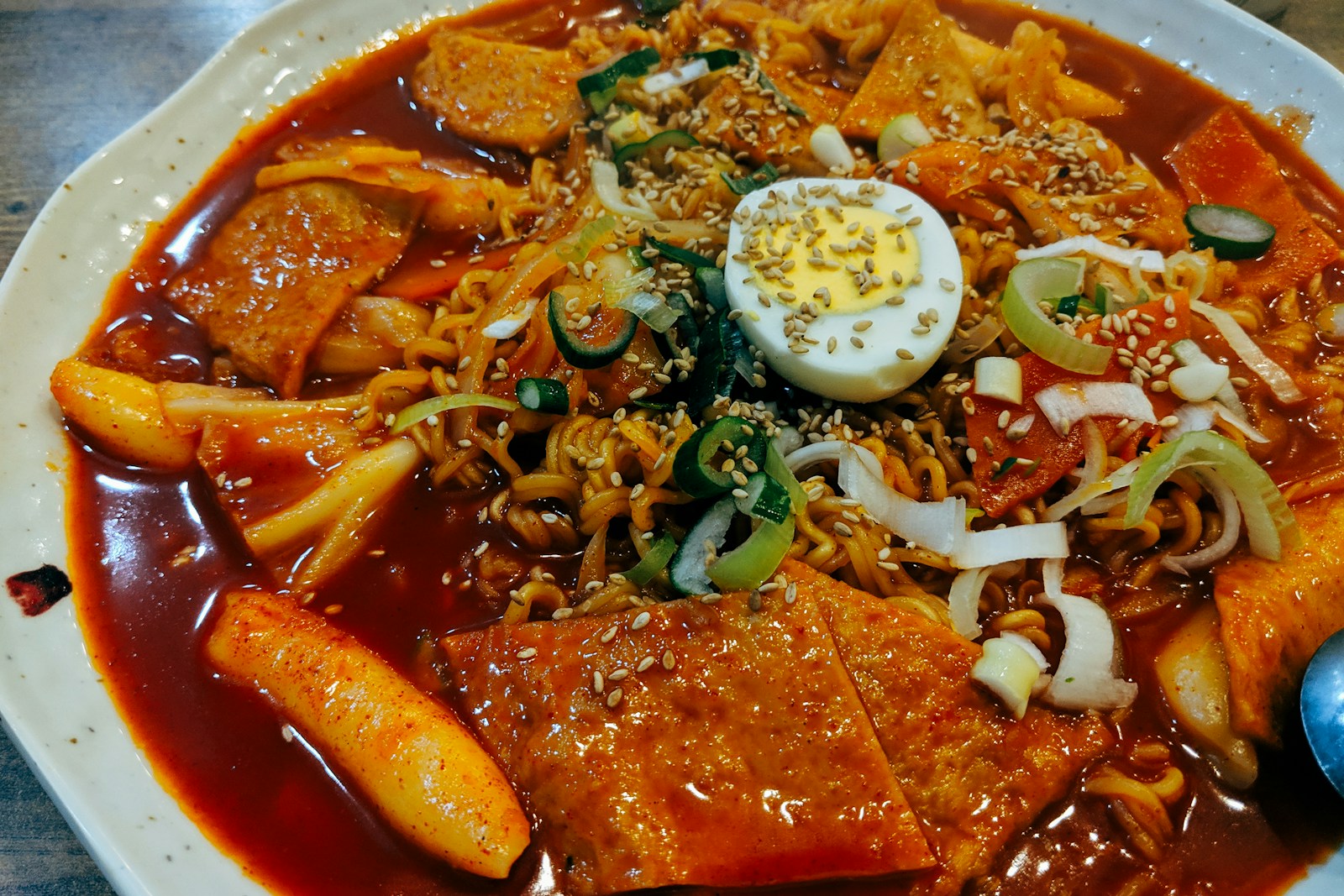
Los Angeles’ Fusion Cuisine and Modern Korean Rise
Los Angeles shines in the realm of fusion cuisine. Orsa & Winston skillfully combines Italian and Japanese culinary traditions, presenting imaginative dishes such as scallops and uni served in a flower-dotted rice porridge and tempura-like fried shiso leaf accompanied by abalone. This approach reflects the city’s adventurous spirit, blending global influences with a keen sense of balance and local affection. More recently, modern Korean fine dining has gained prominence with Restaurant Ki, where Chef Ki Kim offers a refined and fulfilling evolution of his earlier creations.
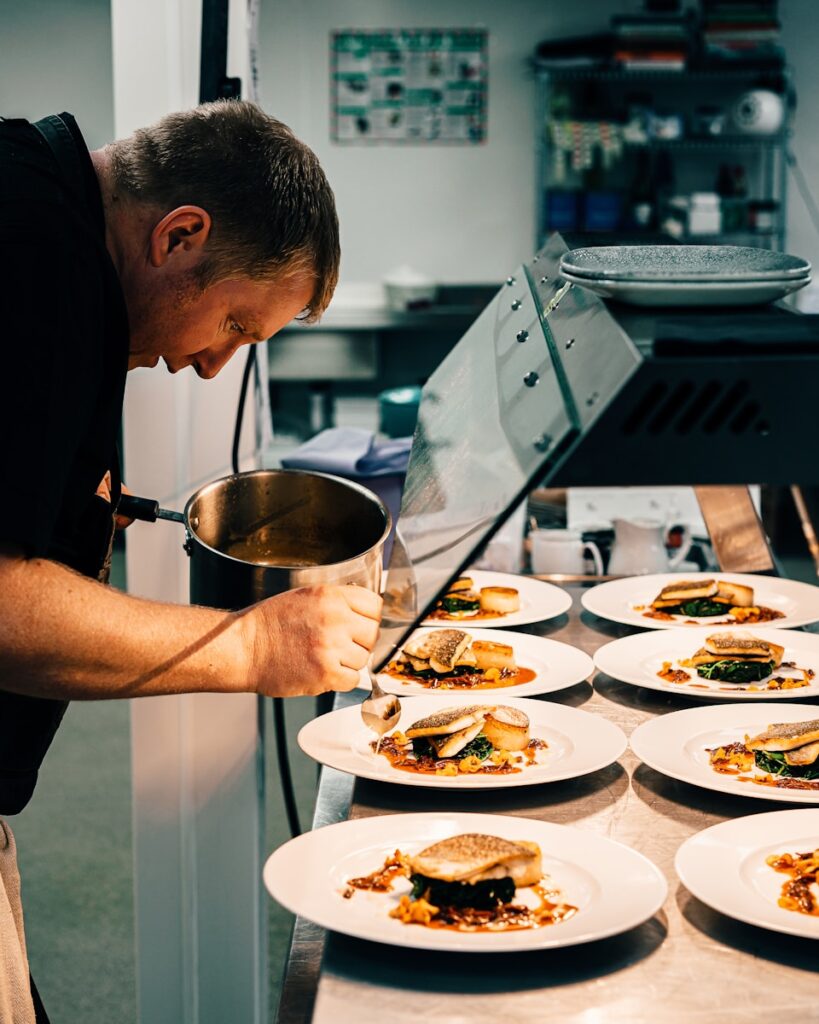
Culinary Visionaries Crafting Unique Expressions
Behind every Michelin star is a visionary chef who transforms personal philosophy into extraordinary culinary art. Los Angeles’ starred restaurants provide a fertile platform for these chefs, whose styles range from polished classics to daring innovations. Through their cuisine, these chefs narrate stories, challenge conventions, and redefine fine dining.
Niki Nakayama’s two-star restaurant n/naka exemplifies refined artistry in kaiseki, a traditional Japanese style that meticulously sequences tastes, textures, and temperatures while celebrating seasonal ingredients. As a former protégé of the renowned Morihiro Onodera, Nakayama has carved her own path, offering constantly evolving thirteen-course menus that embody a deeply personal and harmonious culinary journey.
Josiah Citrin, leading Citrin and Mélisse, demonstrates mastery over gourmet classics with an elegant twist. His menus feature comforting yet elevated dishes, from Citrin’s impeccably roasted chicken to Mélisse’s luxurious asparagus velouté with Maine lobster and caviar. Citrin’s approach embodies timeless sophistication, transforming familiar flavors into exceptional experiences.
Jordan Kahn, known for his experimental restaurant Meteora, invites diners on a sensory journey inspired by ancient history and the natural world. His minimalist, organic dishes focus on pure, foraged ingredients, enhanced by immaculate presentation. Kahn’s avant-garde cuisine challenges culinary norms and pushes creative boundaries.
Chef Ki Kim of Restaurant Ki has redefined modern Korean fine dining. His tasting menu offers a more elevated and satisfying interpretation of his past work, reflecting his personal journey from a quarantine-era dosirak pop-up to a Michelin-starred establishment. This progression showcases the maturation of a chef’s distinctive culinary voice.
Nancy Silverton, the acclaimed force behind Osteria Mozza, infuses Italian cuisine with vibrant energy. Her focus on fresh handmade pasta and signature rosemary olive oil cakes emphasizes the warmth and conviviality of Italian dining. At Camphor, chefs Max Boonthanakit and Lijo George elegantly merge culinary identities, integrating subtle Asian influences into French techniques, enriching the dining experience and reflecting Los Angeles’ global palate.
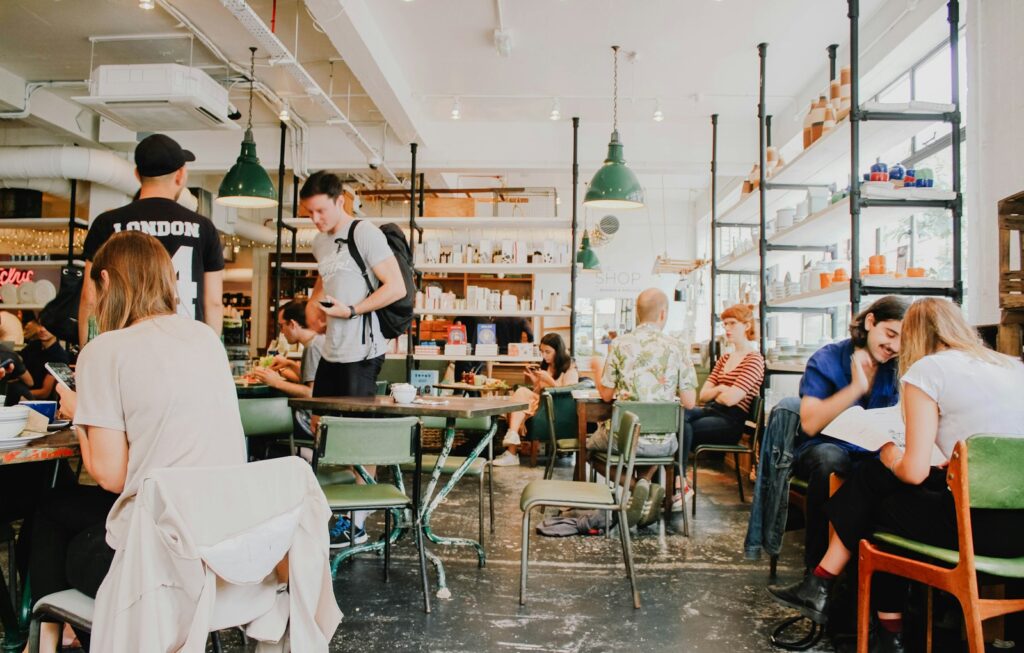
The Atmosphere of Excellence: Creating Immersive Dining
Michelin-starred dining is a multisensory experience where atmosphere, design, and service converge. Each restaurant carefully crafts an environment that enhances its culinary presentation. These settings range from opulent and glamorous to serene and intimate, serving as integral elements of the artistic expression.
Gucci Osteria epitomizes luxury with its indoor-outdoor dining space overlooking Rodeo Drive. The vibrant red velvet seating and curated art pieces create a romantic ambiance befitting its prestigious location. Conversely, Japanese omakase establishments embrace simplicity and tranquility. 715 Sushi offers a relaxed atmosphere with traditional accents, while Sushi Kaneyoshi’s basement location in Little Tokyo provides an intimate setting with only ten seats. Morihiro’s six-seat counter and serene environment transform dining into a private and contemplative ritual that honors the craft.
Other venues combine sophistication with warmth. Gwen Butcher Shop & Restaurant impresses with high-quality cuts in a glamorous dining room featuring chandeliers and an open kitchen, balancing old-world charm with modern flair. Heritage’s converted Craftsman bungalow creates a cozy yet elegant atmosphere, enhanced by candlelit tables. Maude offers a sleek, retro-inspired ambiance with exclusive seating, while Kali’s bright, warm decor and large bar foster a lively environment. Even Shin Sushi, tucked away in a strip mall, demonstrates how understated elegance can elevate a dining experience. The ambiance at these establishments is a deliberate extension of their culinary vision, turning meals into immersive events.
Investing in Culinary Excellence
Dining at a Michelin-starred restaurant represents an investment in a memorable and exceptional experience. Prices reflect the highest quality ingredients, exceptional chef skill, meticulous service, and sophisticated surroundings. While costs may be significant, the value lies in the extraordinary culinary journey offered.
Japanese omakase frequently exemplifies this premium. At 715 Sushi, the omakase experience priced at $350 reflects the sourcing of seafood exclusively from Japan and in-house dry-aging. Sushi Kaneyoshi’s 20-course menu at approximately $300 per person offers luxury and refinement, while Morihiro’s omakase, topping $400 per person, provides an unforgettable meal characterized by artistry and diversity of fish. These prices reflect the rarity of ingredients, precision in preparation, and the intimacy of the setting.
Other cuisines also command significant investment. Nakayama’s thirteen-course kaiseki at n/naka costs $365. Restaurant Ki offers a new tasting menu at $285 with an optional beverage pairing for $190. Kato’s tasting experience is priced at $325, and Gucci Osteria’s menus range between $195 and $285. Mélisse presents an 18-course menu featuring luxurious components. Yet, pricing within Michelin-starred dining varies. Nozawa Bar’s $225 per person offering is considered a bargain given generous portions and an extensive course lineup. More accessible options include Holbox’s experimental eight-course tasting menu at $130 and Heritage’s Californian tasting menu at $150. Orsa & Winston also offers a $150 tasting menu. Ultimately, the decision to invest depends on the individual’s pursuit of an exceptional and enriching experience.
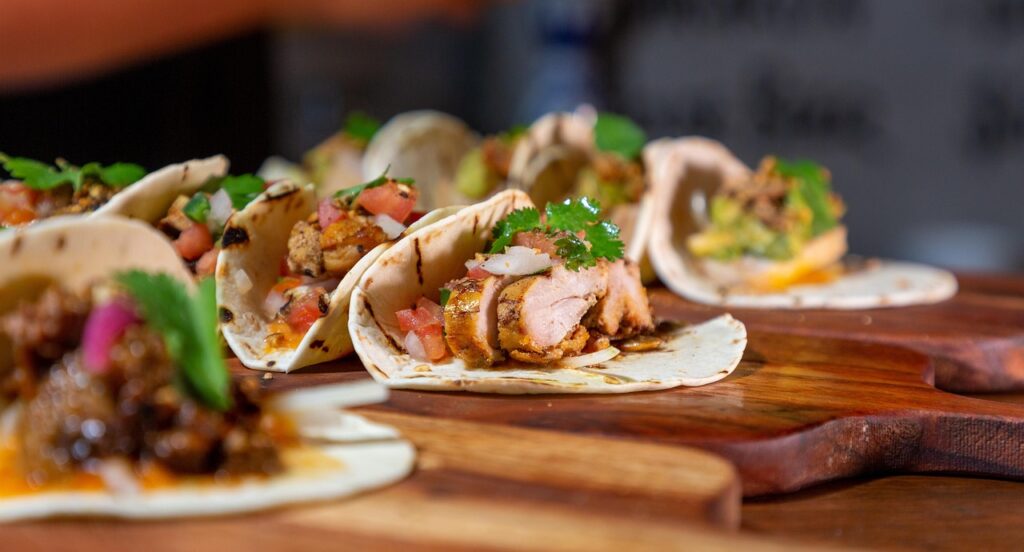
Evolving Horizons of Los Angeles’ Michelin Scene
Los Angeles’ culinary landscape is marked by constant innovation, mirrored in its Michelin-starred restaurants. As chefs push creative boundaries and the guide adapts, the future promises greater diversity, sustainability, and possibly the arrival of a coveted three-star establishment. The city’s vibrant energy fuels an ongoing quest for culinary distinction.
A significant trend involves an increased focus on locally sourced and seasonal ingredients, reflecting California’s gastronomic identity. Restaurants like Heritage, with its urban farm and zero-waste philosophy, exemplify a commitment to sustainability, which is expected to shape future sourcing and menu development in response to environmental awareness.
Innovation continues to define Los Angeles’ Michelin scene. Chefs such as Jordan Kahn, with his minimalistic and organic dishes at Meteora, persistently challenge traditional fine dining concepts. The rise of modern Korean cuisine, highlighted by Chef Ki Kim’s Restaurant Ki, signals the guide’s expanding recognition of global culinary styles. This spirit of experimentation ensures Los Angeles remains a dynamic hub for gastronomic exploration.
The absence of a three-star Michelin restaurant in Los Angeles remains a focal point of discussion. Two-star venues like Hayato and Mélisse stand as strong candidates for this honor, and their ongoing refinement may bring them closer to this pinnacle. Additionally, the subtle inclusion of venues like Holbox hints at an evolving Michelin approach that embraces diverse concepts and nontraditional dining formats. This flexibility helps maintain the guide’s relevance amid a rapidly evolving culinary landscape. Los Angeles’ Michelin scene remains a vibrant and evolving entity, promising many more unforgettable culinary experiences.

